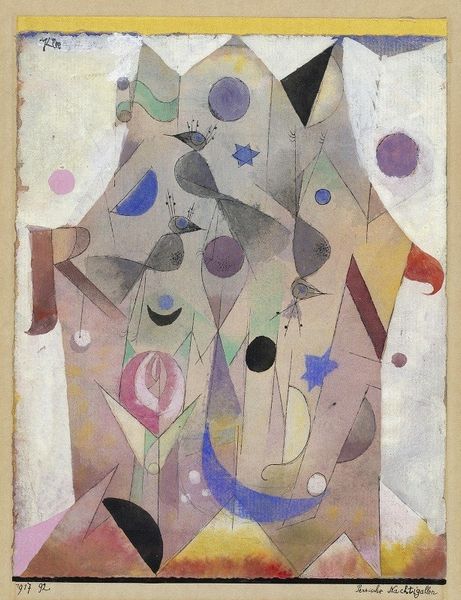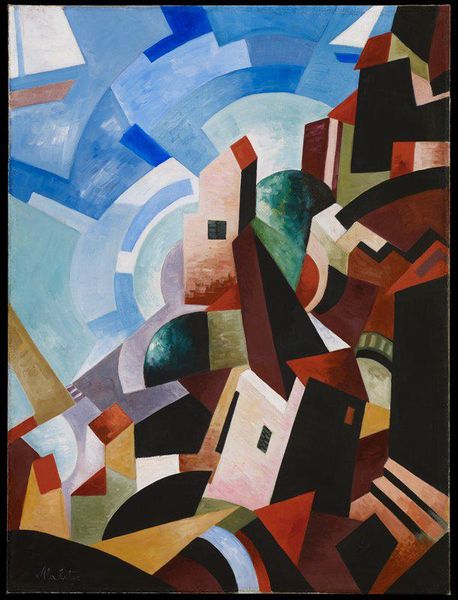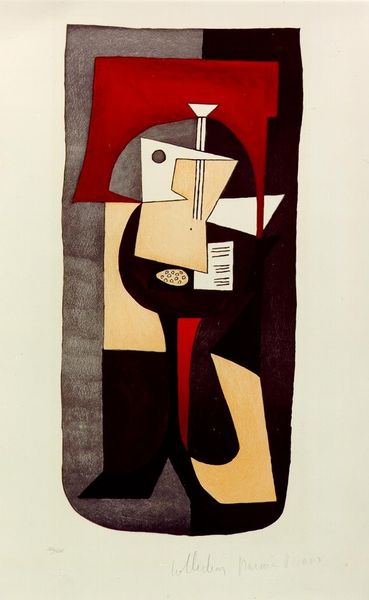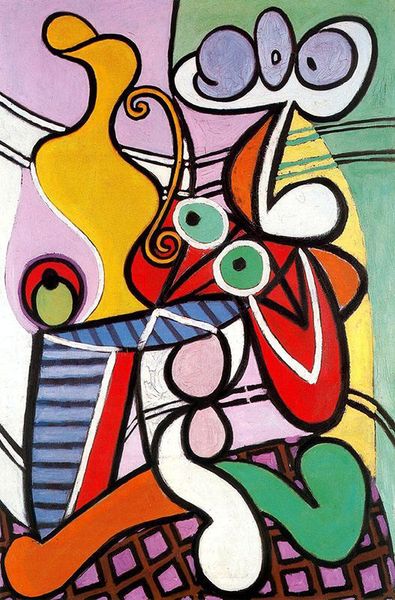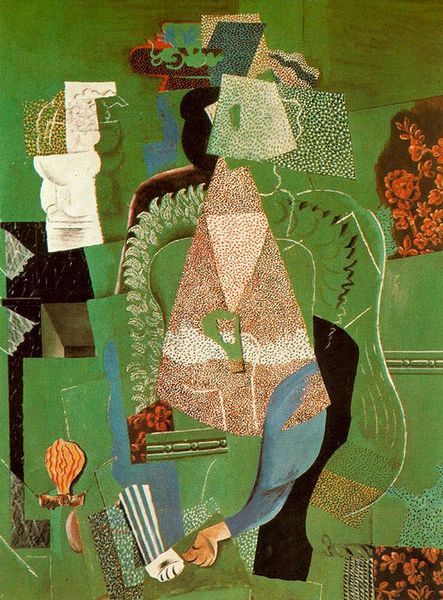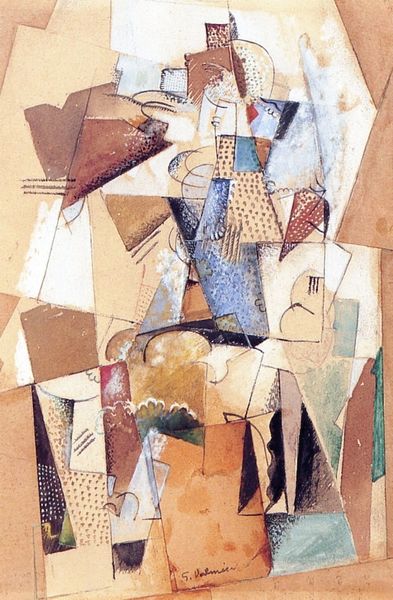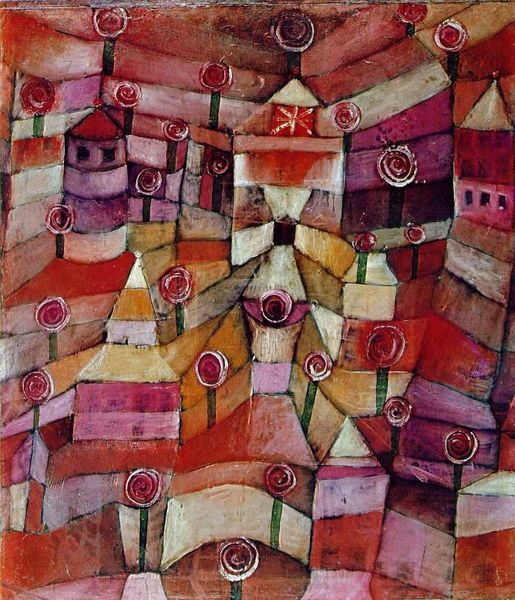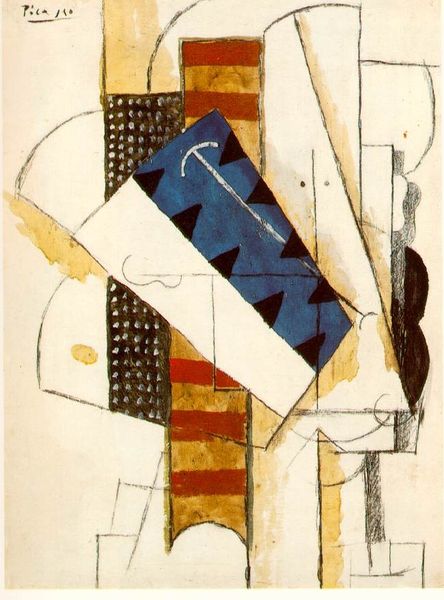
Copyright: Gosta Adrian-Nilsson,Fair Use
Curator: Upon viewing this intriguing artwork, entitled "Scissor Plant" from 1952, I'm struck by how its biomorphic forms intersect with sharp geometric structures. Editor: The immediate impact for me is this sense of delicate yet constructed form. Look at the layers, the materiality of the watercolour allows light to pass through different fields of colour and how shapes are placed in relationship to one another. There seems to be something architectural in how forms assemble here. Curator: Right, and situating that feeling within the post-war moment, when this piece was created, the rebuilding of societies became intertwined with the breaking down of gendered norms. What seems at first a whimsical composition comes across as the embodiment of conflict and reinvention. How the feminine has been pushed out and new versions arise, like a deconstructed garden. Editor: That relationship speaks clearly, doesn't it? Adrian-Nilsson doesn’t use impasto or heavy application; instead he's using a lighter, translucent watercolour to build a composition—an embrace of fragility. This echoes an era deeply immersed in post-war deconstruction while also signaling a period of unprecedented material invention. Curator: I agree that there’s a striking material presence that ties into its themes. The scissor, as a tool of both creation and destruction, gains layers of resonance in terms of labour and domesticity within its geometric forms, evoking the artist's concerns about societal expectations and identity. Editor: It underscores how he harnesses simple, readily available materials to delve into weighty concerns. This "Scissor Plant" is as much about what art *is* as it is about what it *represents.* Adrian-Nilsson prompts a reckoning of how societal processes influence artistic invention and making, thereby changing how we think of production and society. Curator: Precisely. I see a profound expression of a unique response to modernism, where abstraction embodies tension between structure and liberty, masculinity and the organic. By intertwining visual culture and gender theory with postwar progress, we find “Scissor Plant” blossoms far beyond its deceptively fragile nature. Editor: It's compelling how this work encapsulates that moment so distinctly. Exploring these subtle qualities reminds me how much material exploration adds another, profound dimension to the narrative.
Comments
No comments
Be the first to comment and join the conversation on the ultimate creative platform.
